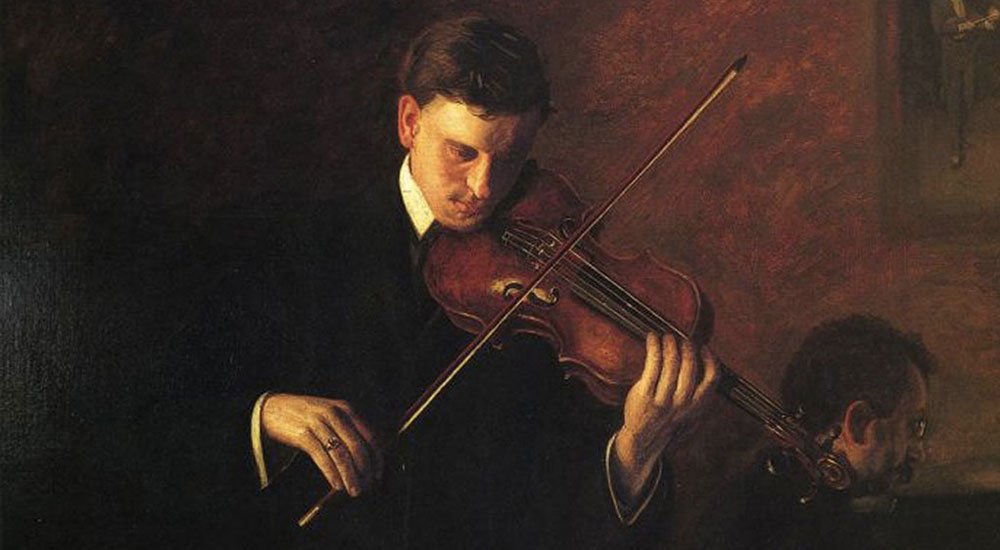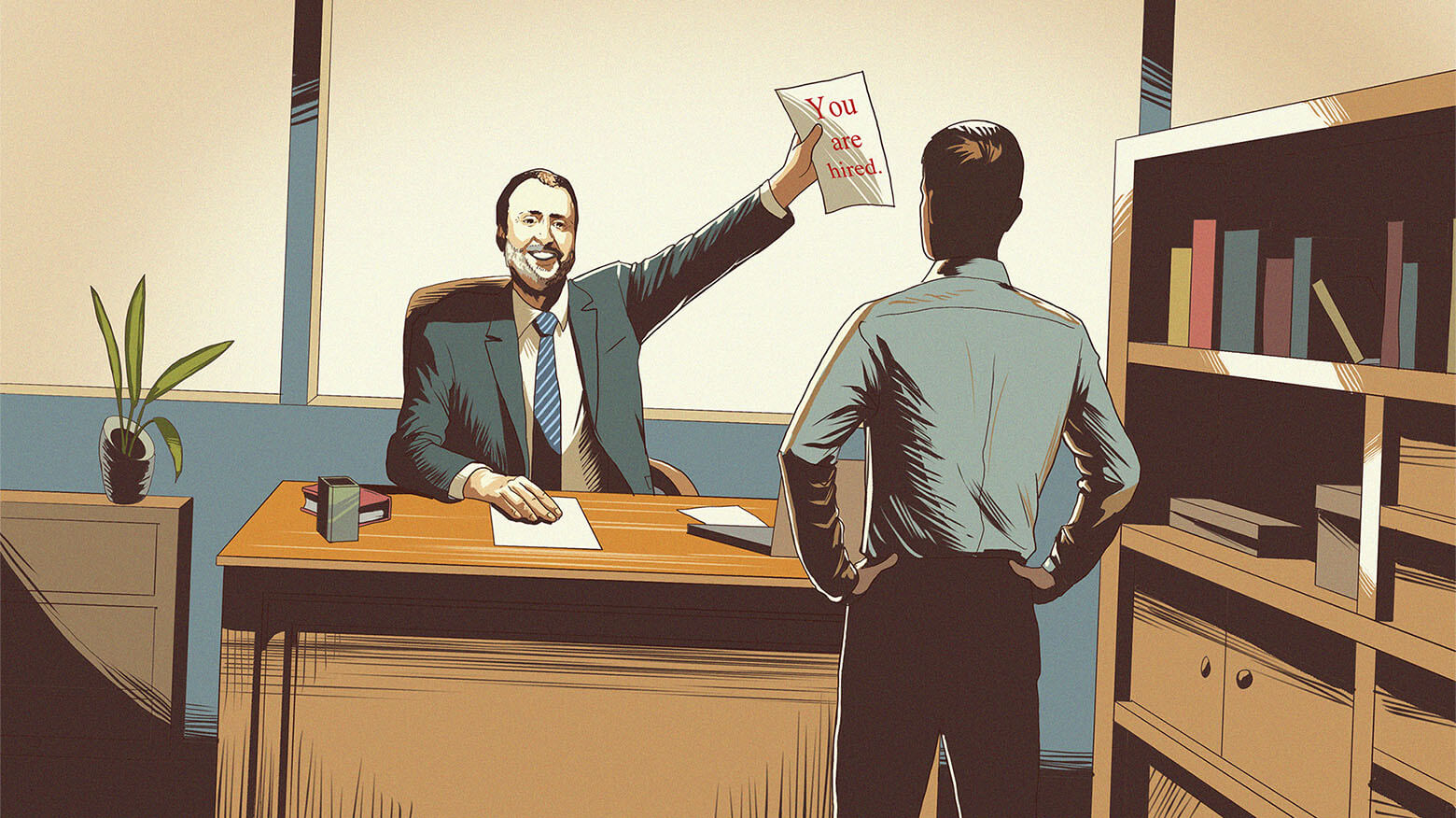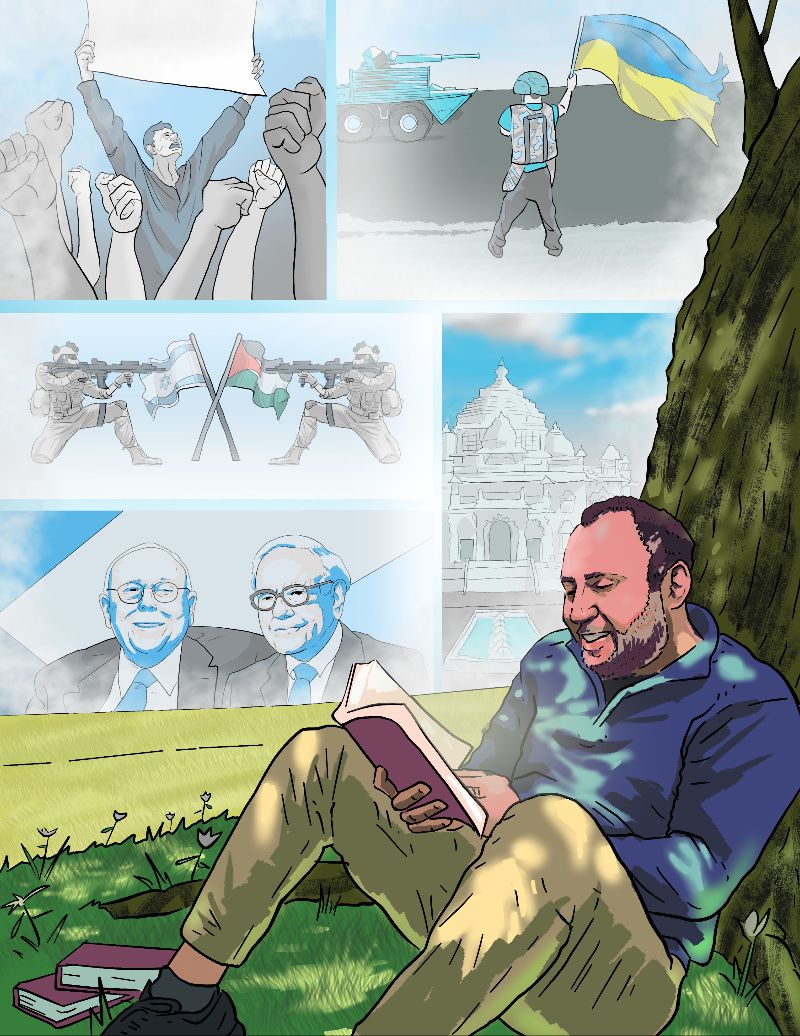Some random thoughts:
Over the weekend I watched the documentary The Return of the Violin, and it had a tremendous impact on me. Watch it, even if you don’t care for classical music – this movie is so much more than its title implies.
I was going to write a synopsis of the film, saying that “truth is stranger than fiction,” but then I stumbled on this summary of the movie in The Jewish Chronicle, which made the same point:
No movie director could make up a story like this.
A little Jewish boy [Bronislaw Huberman] from Czestochowa, Poland, plays the violin with such virtuosity that a nobleman makes him a gift of a priceless Stradivarius, which he uses to bedazzle the composer Johannes Brahms.
But when he grows up, becoming one of the great classical musicians of his day, the violin that has come to bear his name is stolen. He never sees it again.
Unbroken, the man flees to Palestine before World War II, founds the national orchestra, rescues hundreds of Jewish musicians from certain death in Nazi Europe and is hailed as a hero before he dies.
Fifty years later, his beloved violin surfaces when the man who stole it makes a deathbed confession. The instrument is sold twice and finally acquired by superstar Jewish performer for a jaw-dropping $4 million.
That same man returns to Czestochowa, where it all began, to perform the previous owner’s favorite concerto by — you guessed it — Brahms.
Truth is stranger than fiction.
This documentary prominently features Brahm’s Violin Concerto in D major, op. 77. As the movie makes clear, the violin part in this concerto is very technical and difficult to play. Someone described it as written not for violin and orchestra but against violin and orchestra. Here are three performances:
* By Joshua Bell (he also performs it in the movie)
▪ By Bronislaw Huberman – I was shocked when I stumbled on this performance (recorded in NY in 1944). According to the movie, Brahm’s himself cried when he heard then-nine-year-old Huberman perform this concerto in 1891.
▪ By Itzak Perlman – this is the performance I am most familiar with. He was not mentioned in the movie, but I would not be surprised if we find that he owes his life to Mr. Huberman – both of his parents were Jews from Poland who immigrated to Israel (then Palestine) in the 1930s. The performance is in three parts:
Last week my kids and I listened to a lecture by Richard Feynman, and we loved it. Dr. Feynman was an American physicist and Nobel laureate who worked on the Manhattan Project in Los Alamos. In this lecture, he sounded more like a stand-up comedian, telling a lot of interesting stories about his experience working on this top-secret project (listen to it here)
The Watercolor “Fiddler on the Roof” is by my father, Naum Katsenelson. It was inspired by Marc Chagall’s painting of the same name. Chagall and my own ancestors came from the same little town, Vitebsk, in what is now Belorussia (and what used to be Russia). I am not sure if my grandma was pulling a Brian Williams, but I heard stories about how my family was friendly with the Chagalls.
Moving right along…
According to McKinsey, global debt has increased by $57 trillion since the financial crisis. Their report points out that debt in China has gone up fourfold. Here is what the report said about China:
“Fueled by real estate and shadow banking, China’s total debt has nearly quadrupled, rising to $28 trillion by mid-2014, from $7 trillion in 2007. At 282 percent of GDP, China’s debt as a share of GDP, while manageable, is larger than that of the United States or Germany. Three developments are potentially worrisome: half of all loans are linked, directly or indirectly, to China’s overheated real-estate market; unregulated shadow banking accounts for nearly half of new lending; and the debt of many local governments is probably unsustainable.“
I did a nearly hour-long audio interview with Roben Farzad, Bloomberg Businessweek contributor. We covered a variety of topics, from my immigration from Russia to Tesco, Softbank, and many others. There is a funny story about how Roben stumbled on my articles. His mother-in-law, Gail Plotkin, was one of my readers; and Gail and her family helped my wife’s family settle in Richmond, Virginia, when they emigrated from Tajikistan in 1991.
So Gail told Roben about my emails. Roben thought, well, when your mother-in-law tells you to read an investment article, it is probably by a guy pushing penny stocks or a get-rich-quick scheme. As I informed him, my articles are very popular with mothers-in-law.
According to the WSJ, Apple is China’s most desirable brand, and its products are the gifts of choice for both men and women. Apple ranks above Tiffany, Gucci, Cartier, etc., with Samsung in the number 10 spot. This is very important, as Apple is entering into the jewelry space by introducing the Apple Watch. In other words, in a few months a Rolex will not the bribe of choice anymore, having been replaced by an Apple Watch in gold.










0 comments